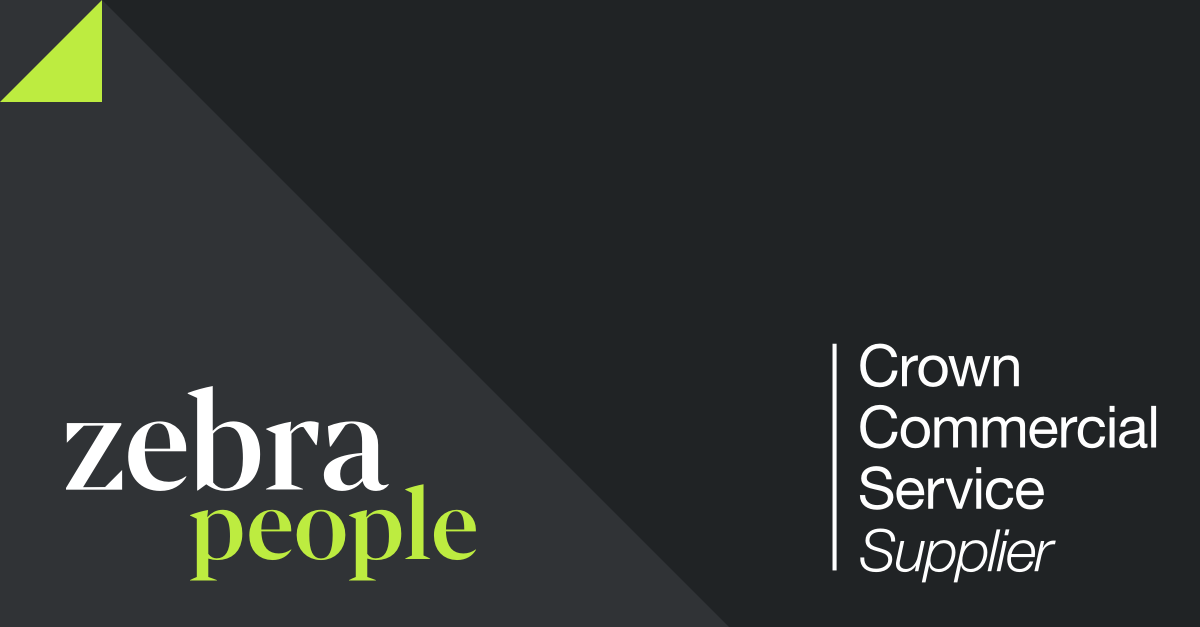Your portfolio is the first thing your employer sees of your work, so it’s important that it is well executed and reflective of your skills and experience.
Simon Pan (@span870) has put together some brilliant points on how you can present yourself to the highest standard and become a better designer by telling the story of you behind your work, starting with this note –
Do it for you first, employers second.
Show your best work
Your portfolio is not a backlog. Choose 4–6 projects that align with the kind of work you want to be doing. You don’t need to show everything — quality is what matters. Go deep on a few, broad on the rest. Accentuate your expertise, skills and what makes you unique.
Remember, respect the time and attention of your audience.
Expose how you think
Show and tell key moments of divergent and convergent thinking and output. What possibilities did you dream of? What concepts did you explore and how did you discern the great ideas from the good? Were there any assumptions you needed to operate under to move forward?
Present your solution and the journey
Tell the story about how your design solves a problem in the context of user goals. You should have good, compelling and thoughtful explanations that tie back to the problems you were trying to solve. Share anecdotes and critical thoughts about the tradeoffs you made.
Show your initial attempts and why they failed. Show your ability to accept that failure, how you learned from it and built upon on it iteratively. Remember, iterating is a key part of problem solving and no one expects that you got it right the first time.
Bring your designs to life by revealing the design system and the thinking behind it. Don’t just show the polished product, but show your process —the sketches, prototypes, deliverables and other artefacts you produced along the way.
Quality and an attention to detail should be conveyed in all of your work.
Reflect upon your learnings
Your portfolio should not only demonstrate what you already know, but also your capacity for learning, adapting, and growing. What worked well? What would you do differently? How did you deal with your failures? How did you deal with your team’s failures? What lessons did you learn and how did this project impact you for the better?
Demonstrate your self-awareness. Don’t fingerpoint.
Sell yourself
Your portfolio is an opportunity to paint a rich picture of yourself.
A prospective employer is looking to hire you, not your portfolio. Allow them to connect with you by revealing your motivations and values. Your reader should get a sense of what you enjoy working on, where you most shine and what value you will ultimately bring to their team.
Selling yourself through a great story helps your audience envision how you could contribute to theirs. So, get out there, do great work, and share it with the world.



